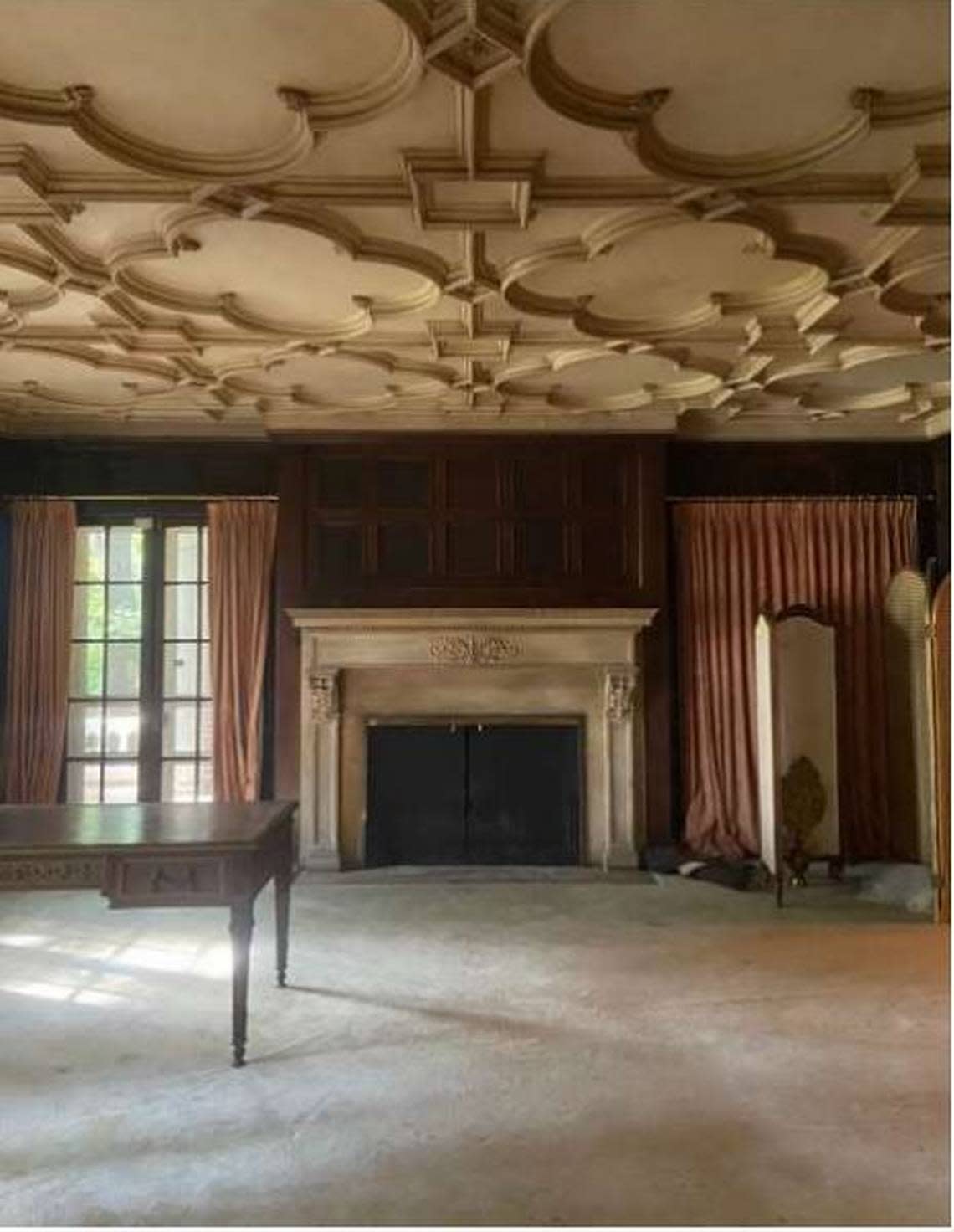We own Kansas City’s unfixable Richards mansion. This isn’t the neighbors’ decision | Opinion

An open letter to Mayor Quinton Lucas and the twelve members of the City Council:
Please preserve both property rights and historic properties.
Since 1974, historic preservation in Kansas City and in Missouri has had an outstanding track record for fairness and respect for property rights. Several hundred properties have been listed on our local and national registers, all with the owners’ consents with one exception: the iconic Union Station. Twenty-six standalone residences have been listed — all with the owner’s consent. The house we own at 4526 Warwick Blvd., the George B. Richards home, is not part of the Southmoreland Historic District, nor has anyone ever approached us to be listed on the Kansas City register or any other property register, even though the southern border of the Southmoreland district (created in the 1980s) comes within one block.
Until now.
Good judgment and respect for private property owners and their rights has suddenly evaporated. Members of the Southmoreland Neighborhood Association have inserted themselves in place of investor Ryan Hiser, who made two offers to buy our house for less than half its appraised value. After his offers were rejected, he announced that the neighborhood will never permit the property to be razed.
Members of the neighborhood association have gone off the tracks in pursuit of historic preservation. All of their written and oral statements seem to demonstrate that it’s not the house they want preserved — it’s to know and control what happens after its demolition. This is clearly an improper use of our historic designation laws.
Several prospects investigated necessary restoration expenses of the house, and they discovered a projected cost of up to $1,900,000. Because of the home’s antiquated 1913 mechanical systems, remodeling would require interior demolition to the studs to allow for new climate control, wiring, plumbing, duct work, elevator, fire escapes and much more at a cost as high as $200 per square foot — too great an expense to get even close to a reasonable investment return. The fact is, you cannot save every building.
We decided to raze the property because of the great difference in value between our land and the limited value of the old uninhabitable 1913 house. What opponents to the project want is not preservation — they want to control what happens next on the site, which ought to be between a developer and the city with neighbors’ input.
On April 26, Hiser heard we had applied for a demolition permit and he filed (without our permission or knowledge) a nomination of our property to the historic property register of the city. After he filed, he learned that he did not have standing to file. So he enlisted the Southmoreland Neighborhood Association to file instead.
The evolution of the single-family neighborhood around our house began in 1923 with the construction of the Sophian Plaza apartment building, and has accelerated since then with the construction of Oak Hall, the expansion of the Kansas City Art Institute and more. When we moved out of our house two years ago, we vacated the last single-family residence in the area, which our family had occupied for 62 years.
On July 7, our broker developed a cash offer of $1,900,000 for our property from George Birt, which we accepted. Birt plans to develop an upscale residential apartment project with a mix of studio and one-bedroom apartments, which will cater to and provide needed housing for KCAI students and other tenants seeking to live in the cultural arts district.
We notified the neighborhood association of our executed sales agreement two weeks before the City Plan Commission hearing in July. Its members did not reply to us. They do not seem to recognize that their action constitutes interference with our private real estate transaction, which is none of their business.
Which is more important to you: the preservation of everyone’s property rights, or the preservation of this 1913 house, particularly when many houses of the same vintage and quality still exist in several of our older neighborhoods today — even one block to the north in the already designated historic district?
Surely the City Council will not allow neighbors to target one of their own and start telling neighbors what they can and can’t do with their own property. Perhaps, if anyone in the public agrees, you’ll tell your council representative to not allow this intrusion into private property rights.
Stephen Vawter and Matt Vawter are the owners of the George B. Richards home in Kansas City’s Southmoreland neighborhood.

